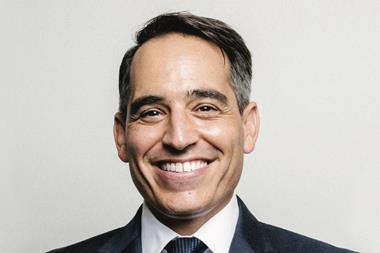GERMANY – Corporate pension assets in Germany totalled €381bn at the end of 2004, up a moderate 4.1% from €366bn a year earlier, according to the statistics from German occupational pensions association Aba.
The statistics, released earlier this month, showed that book reserves (Direktzusage in German) again accounted for nearly 60% of the total €381bn in assets at the end of 2004.
Of the other forms of pension administration in Germany, Pensionskassen, or traditional German funds, made up 21% of total assets. They were followed by Direktversicherungen (direct insurance contracts), which accounted for 12% and Unterstützungskassen (support funds) with 7.5%.
Pensionsfonds, the German equivalent to the Anglo-Saxon pension fund, had just €600m in assets at the end of 2004, though this reflected an increase of 50%.
Joachim Schwind, head of aba’s special committee on Pensionskassen, said the statistics were proof that Pensionskassen “continues to be the most important external pension fund in Germany”.
Indeed, while many big German companies have created multi-billion euro contractual trust arrangements (CTAs) to finance pension liabilities, experts in Germany do not view the liabilities as fully outsourced.
Schwind is also chief executive of Höchster Pensionkasse, a fund that traditionally insured chemical employees in Germany but has opened itself up to employees from other sectors.
According to the aba statistics on Pensionskassen, Höchster Pensionskasse was the fourth-largest German Pensionskasse with €5.3bn in assets at the end of 2004. It also had around 67,500 employees.
The largest Pensionskasse was BVV, a fund that serves Germany’s financial services industry. At the end of 2004, it had €16.9bn in assets, but these have grown to almost €18bn currently.
BVV was followed by the Pensionskasse for chemical giant Bayer, which had €6.1bn in assets. Number three was the Pensionskasse for the German arm of computer firm IBM, which had €5.8bn in assets.












No comments yet